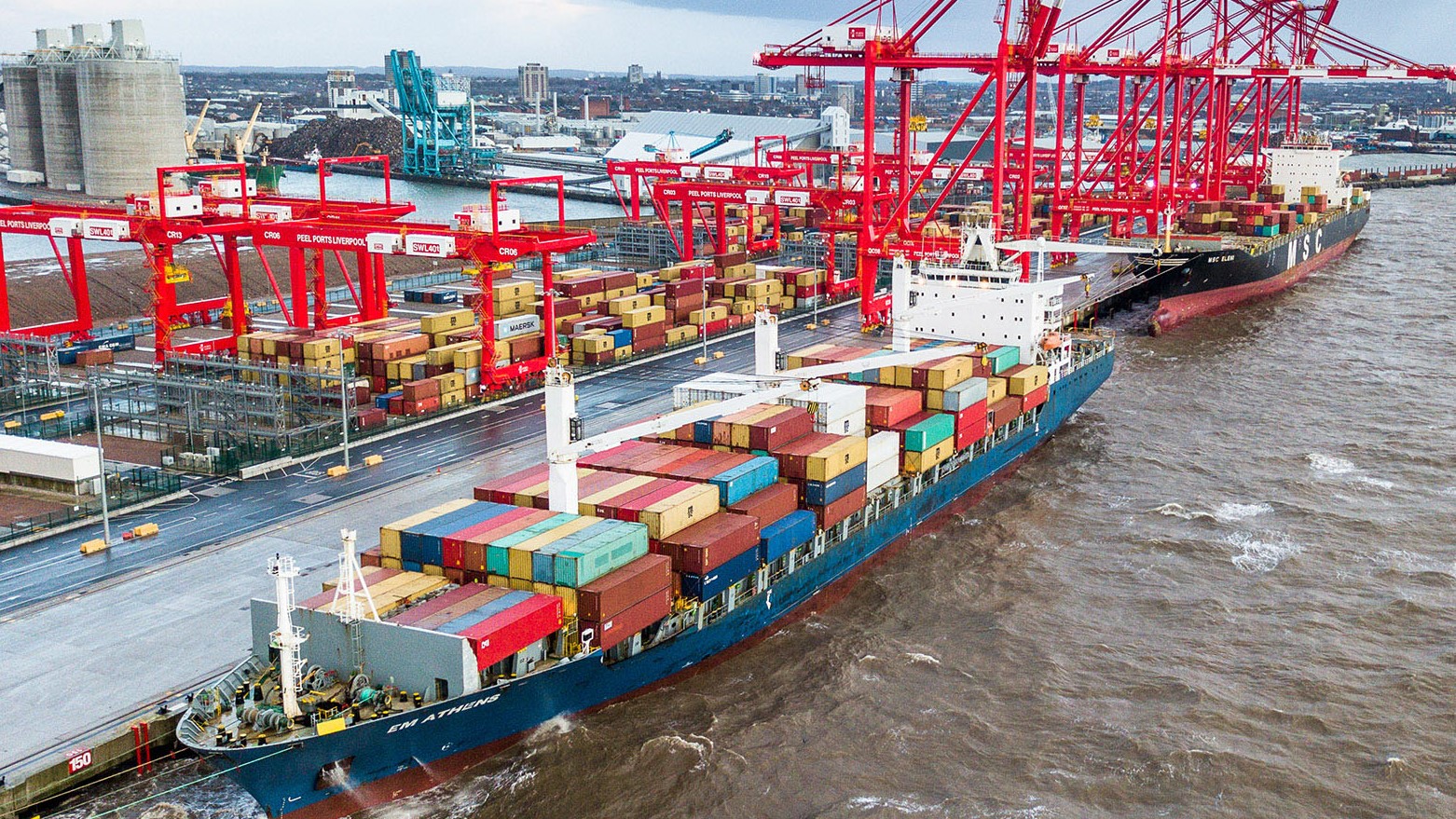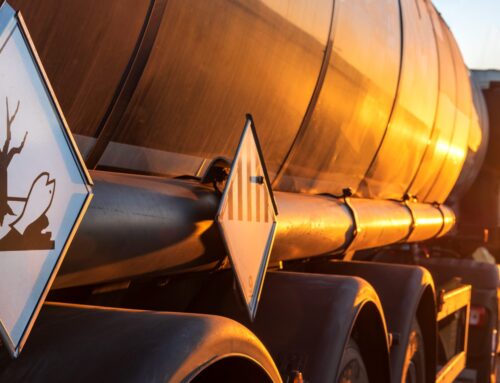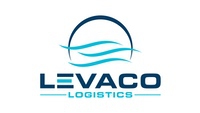Asia – Europe Trade lanes face capacity cutting & slow steaming
Both global leading shipping alliances ‘The Ocean Alliance” and the “2M Alliance” are looking both into a variety of measures in a reply to the weakening of the market.
Slow steaming, idling ships, blanking sailings and fitting exhaust scrubbers are among a plethora of measures Asia-Europe shipping lines are considering to apply to absorb the mega-ship over capacity coming into service later on this year.
2M & Ocean Alliance will both be suffering
There are left little manoeuvring with the global low-sulphur mandate taking effect within the next 12 months and worldwide economic indicators signalling showing a decline in volume growth.
Filling the ships amid signs of slowing demand is going to tax the operational creativity of the world’s leading container carriers during 2019. Mainly 2M and Ocean Alliance will be suffering as they operate the greatest capacity deployed on these Asia-Europe routes.
Eurozone slowing economies
Volume growth has been down since last year September last year. “The eurozone economy moved down another gear at the end of 2018, with growth down considerably from the elevated rates at the start of the year,” said Chris Williamson, chief business economist at IHS Markit.
He continues by stating that expectations of output dropping to the lowest for over four years, companies are not anticipating any imminent revival in demand. Worries reflect multiple headwinds from trade wars, Brexit, heightened political uncertainty, financial market volatility and slower global economic growth.”
Market capacity impact
Gloomy economic outlook aside, mega ships will steadily steam into service during 2019, with SeaIntelligence noting in its weekly Sunday Spotlight newsletter that the 2M Alliance will have an average weekly capacity deployed on Asia-Europe in Week 1-14 of 404,140 TEU per week, giving 2M an Asia-Europe capacity market share of 37.2 per cent.
Ocean Alliance will have 35.7 per cent of the market, and THE Alliance will have 24.9 per cent.
New capacities worsening the situation
MSC is scheduled to take delivery of 11 ships of 22,000 to 23,000 TEU from August, while CMA CGM has nine 22,500 TEU vessels that will be delivered from December, and Hyundai Merchant Marine’s 12 ships of 23,000 TEU will start arriving in 2020.
“While it is true that accommodating such large tranches of new capacity will be challenging, especially as the Asia-North Europe trade is in a slow-growth phase, there are reasons to believe that the task will not be as onerous as it initially appears,” Chris Williamson continued.
Slowing vessels only possible solution for carriers.
Delivery schedules would need to be pushed back and alliances would slow vessels, allowing additional vessels to be added to weekly services thus absorbing the surplus capacity. It is not a strategy favouring shippers since transit times will be longer again, but the container carriers maintain their strategy that enables them to improve service levels.
Maritime analyst Drewry stated “The amount of ultra-large container vessels arriving over the next few years is an unwanted legacy from a period when carriers were overconfident in the market and possibly misguided in the benefits those ships offer,”
Improving service levels
Drewry continued by saying that adding more container vessels to the same number of services, the carriers believe they will be able to improve schedule reliability by adding “extra operational buffer.”
However with cutting fuel costs ahead of the International Maritime Organization’s (IMO’s) 2020 low-sulfur fuel mandate that will be imposed from Jan. 1, 2020, it is likely this is the main reason for the return to slow steaming.
The fight for the Asia-Europe trade lanes is likely to start
Drewry also stated that the amount of ultra-large container vessels arriving over the next few years is an unwanted legacy from a period when carriers were overconfident in the market and possibly misguided in the benefits those ships offer,”
SeaIntelligence said “The only thing that seems certain is that the alliances will be fighting for Asia-Europe market share in the coming years, as they struggle to take delivery of their mega ships currently on order, while trying to minimise the cascading impact on other trades,”







